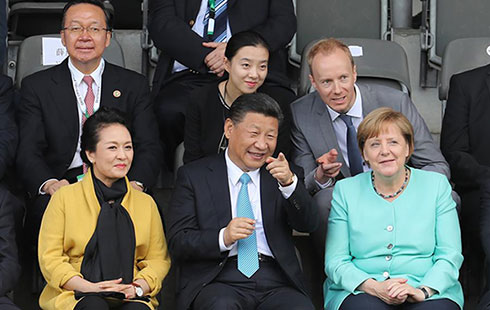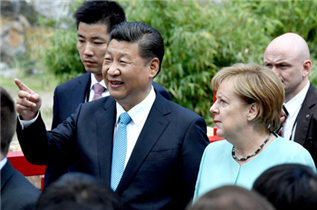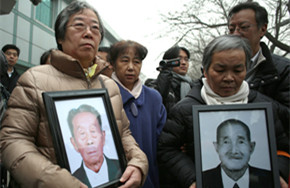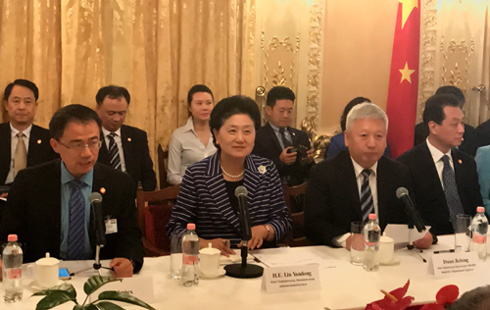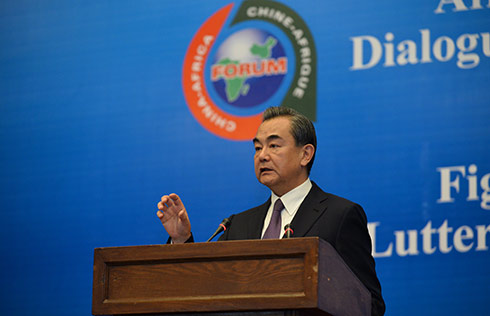A short history of panda fever worldwide
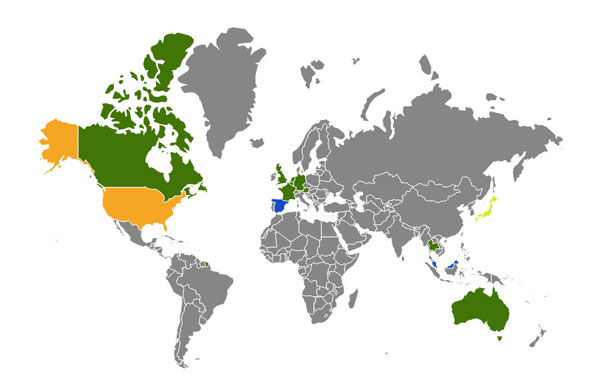 |
|
A total of 48 giant pandas from 14 countries are living abroad now. [Infographic by Zhao Siyuan/chinadaily.com.cn] |
Diplomatic envoy between 1957 to 1982
Panda diplomacy started in 1957, when a giant panda named Ping Ping was sent to the Soviet Union as a national gift. However, Ping Ping didn't make the fourth year in Moscow due to the difference in climate.
Giant pandas drew worldwide attention for the first time in 1972 when then Premier Zhou Enlai announced China would give two pandas, Lin Lin and Xing Xing, to America during then US President Richard Nixon's ice-breaking visit to China. On April 20, 1972, over 8,000 American people waited in the rain for Lin Lin and Xing Xing's landing at the National Zoo in Washington DC and the zoo received over one million panda visitors the first month after they arrived.
A series of pandas were sent to Japan, France, Germany and Great Britain respectively in the following years as they were playing an increasing influential role in improving bilateral relations.
According to statistics, there were 23 giant pandas being sent to nine countries as gifts between 1957 to 1982. None of them got to come home after being given and all died abroad.
The condition of overseas pandas became a problem as many pandas suffered a variety of diseases and died at an early age.
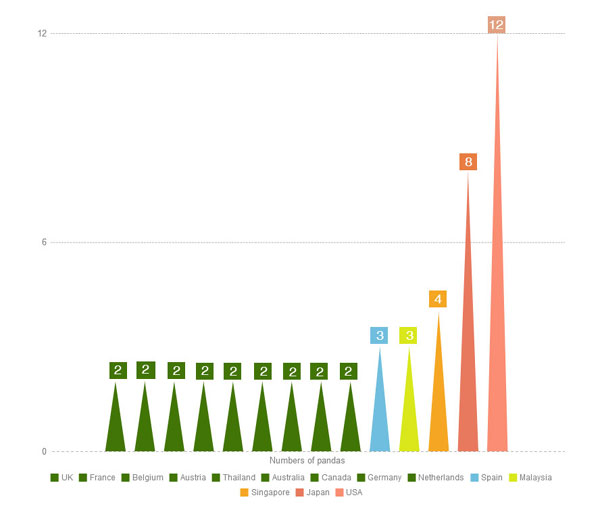 |
|
A total of 48 giant pandas from 14 countries are living abroad now. [Infographic by Zhao Siyuan/chinadaily.com.cn] |
1984-1994 commercial counselor
In order to protect the endangered species, China halted the program of giving giant pandas for free in 1982 and launched the panda renting project in 1984, in which foreign governments would need to pay for pandas to stay in their country for a short term, turning pandas' roles from being diplomatic envoys to commercial earners.
Between 1984-1988, dozens of cities in North America signed the renting contracts with China. And a three-month show in the US brought millions of dollars in revenue. Distinguishing themselves from the diplomatic stage, pandas once again proved their value in the commercial field.
Frequent events abroad delayed giant panda's breeding and training them for acrobatic shows also drew criticism.





